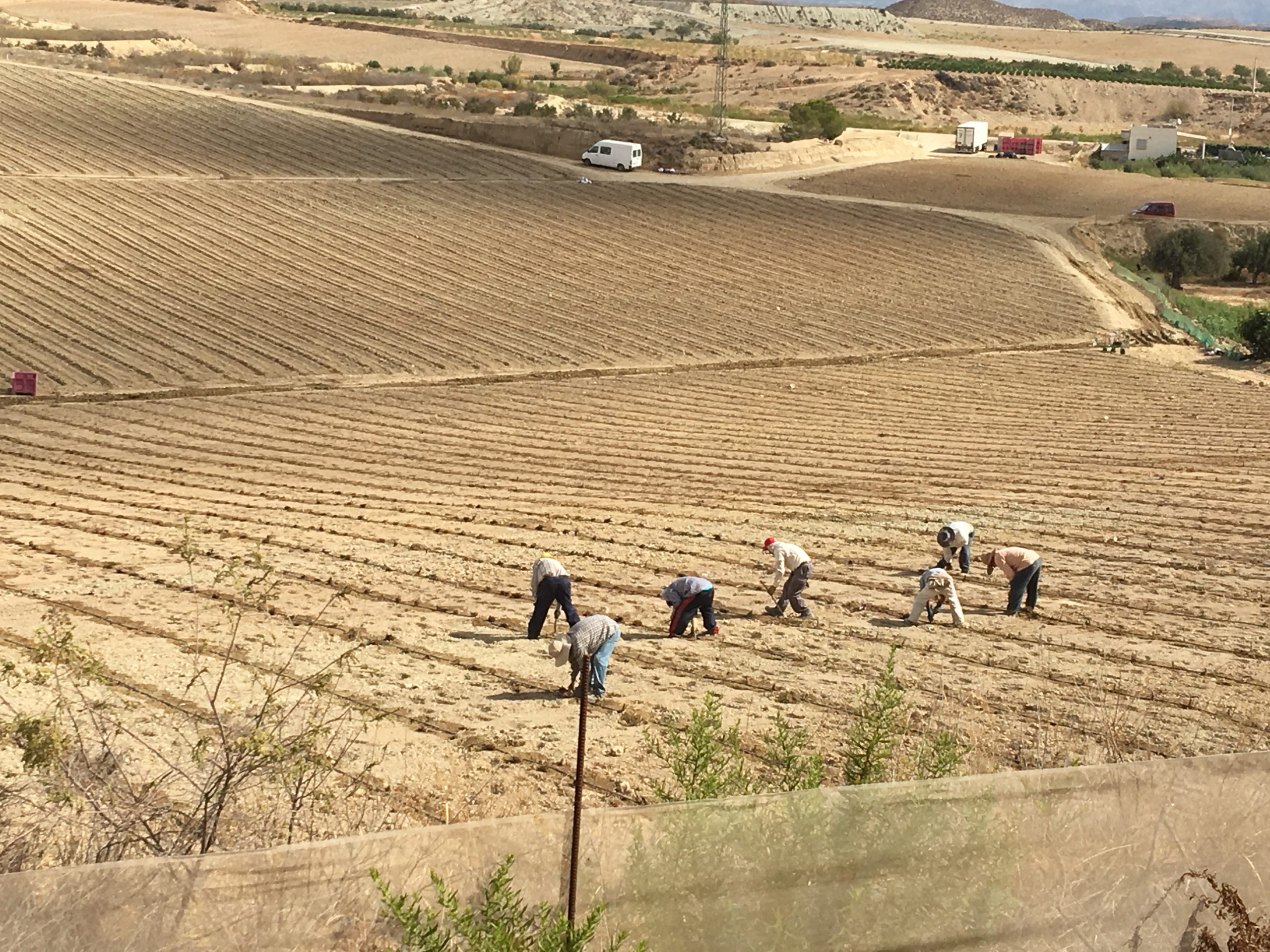There’s a book called Nomad Century that is haunting me. I pick it up periodically until I can read no longer. Its author, Gaia Vince, is a broadcaster, a writer and an honorary senior research fellow at UCL. She predicts that over the next 50 years, hotter temperatures and higher humidity will make “large swathes of the globe uninhabitable for 3.5 billion of us.”
Vince describes climate change as a ‘threat multiplier’, which exacerbates the other social, environmental and economic problems that populations face. This is quite a dire prediction, so I thought about what she means. She says “fire, heat, drought and floods will transform our world this century.” On my travels around the globe, I can’t help but feel that her apocalyptic claims are already upon us.
The mass migration of people that will result from climate changes is already happening as people flee drought in Latin America, Africa and Asia. In time, low lying areas of the US, Bangladesh and the heating of nations such as Australia will create regions that are unliveable.
Vince cites Southern Europe, where the ‘treasured Mediterranean climate has already shifted north.’ I’m writing this column from Andalusia in southern Spain, where there has been no significant rainfall for 18 months. The country is in drought and having to devise ways to deliver water for agriculture, citizens and tourism. Spain is not alone, a trip to Cyprus earlier this year – the island I was born on – astounded me as all of the nation’s drinking and irrigation water is now produced from costly desalination plants, because the groundwater is dangerously full of salts and minerals.
As one of Europe’s largest horticultural exporters, Andalusia accounts for around 50% of the country’s fruit and vegetable exports, 14.5 million tonnes, worth €16 billion annually; the UK is one of their key markets. So for local authorities and politicians, finding sustainable water supplies is critical for its economy.
Increasing acreages of trees – avocado, citrus and olives – are dying, and less water hungry crops like mango are being planted. Other climate-driven solutions are diverse, including seawater desalination, horticultural units linking to sewage treatment plants for access to their water output and the installation of units similar to heat pumps that extract water from the air’s moisture. How viable these options are for the long term is debatable, but they are necessary.
Some NGOs are advocating that Spain must switch to non-irrigated crops, while other collaborations are exploring technologies that better use the irrigation water available. One application for citrus orchards measures drought-triggered reductions in tree trunk diameter which prompts irrigation applications. Others use soil sensors and AI to do the same.
Besides the economics, climate change also raises some concerns about food safety. It’s a topic central to Professor Louise Manning’s work at the University of Lincoln. She predicts that contamination of water used for irrigation and washing produce could be a big issue, as could harmful compounds produced by stressed crops to ward off pests or to enable them to tolerate, for example, water shortages. She said “we have no idea how plants will react to the stress of droughts or temperature change.”
The challenges and consequences of climate change are real and they are present in countries like Spain. Thankfully we are less impacted as yet in Scotland.it will come. Gaia Vince ends her book by saying that we will all need to adapt, to welcome migrating people and to explore currently uninhabitable places. In parts of upland Andalusia migration away from waterless areas this is already happening, and I can’t help but feel that, if the drought here continues, so will the farming exodus.
